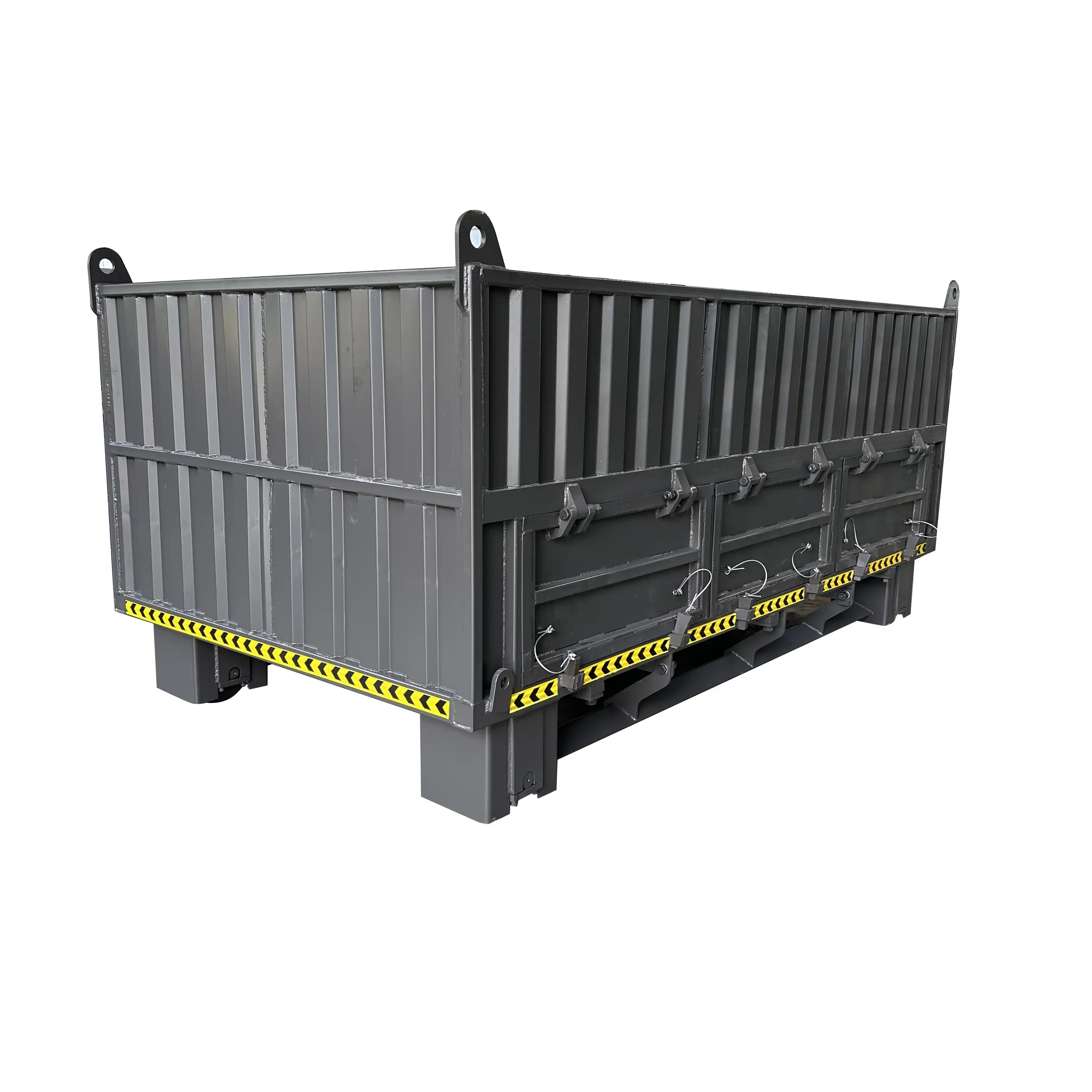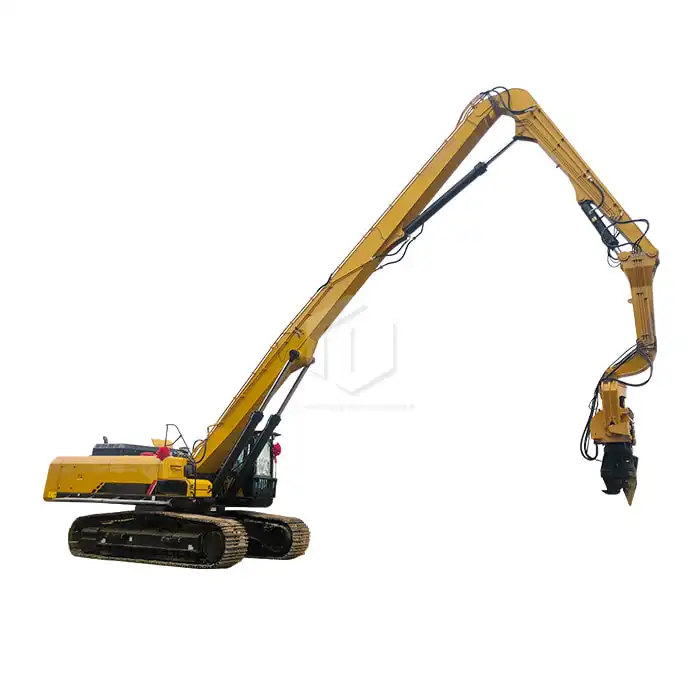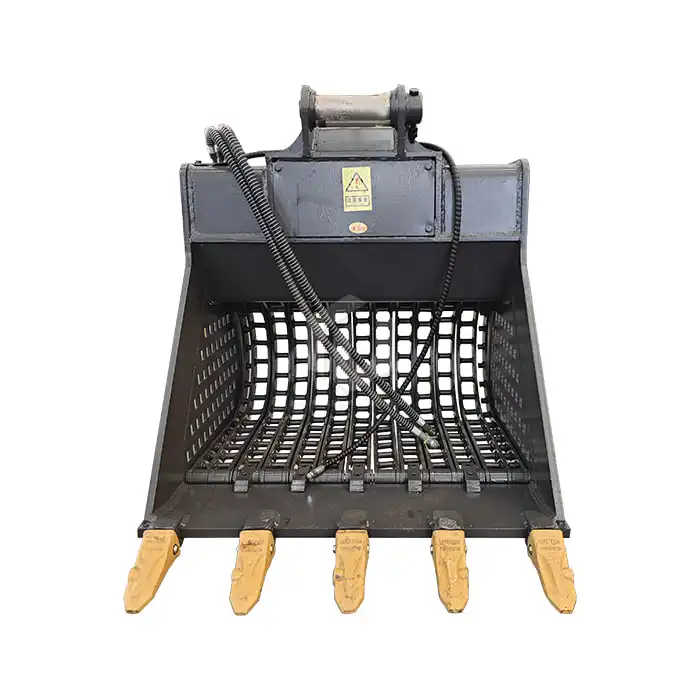Maintenance Of Way Ballast Tamper
Maintenance Of Way Ballast Tamper equipment represents a critical investment for railway infrastructure companies seeking to ensure track stability, safety, and longevity. The high-vibration hydraulic ballast tamping machine stands as the industry's premier solution for consolidating ballast beneath railway tracks, creating a stable foundation that withstands the tremendous forces exerted by passing trains. These sophisticated machines combine powerful hydraulics with precision engineering to deliver consistent tamping results across miles of track, ultimately extending track lifespan while reducing maintenance costs. Proper care of these specialized machines not only protects your capital investment but ensures operational readiness when track maintenance windows open. With railway safety standards becoming increasingly stringent worldwide, maintaining tamping equipment in optimal condition has never been more crucial for infrastructure managers responsible for passenger and freight corridors. This comprehensive guide explores essential maintenance practices that will maximize the performance and service life of your ballast tamping equipment.

Regular Inspection
Visual Assessment Procedures
Railway maintenance professionals recognize that comprehensive visual inspections form the foundation of effective ballast tamping machine maintenance. Begin each inspection by examining the tamping tools for signs of wear, cracking, or deformation. The tamping tines, which directly contact the ballast, naturally experience the most significant wear and should be closely monitored for dimensional changes that might compromise performance. Inspect connecting hardware for tightness and integrity, as vibration can gradually loosen critical fasteners. The tamping unit framework demands careful scrutiny for cracks or distortion, particularly at welded joints subject to cyclic loading. Hydraulic components require thorough examination for leaks, with special attention paid to cylinder seals, hoses, and connection points where pressurized fluid might escape. The machine's electrical systems, including control panels, wiring harnesses, and sensors, should be evaluated for damage, corrosion, or loose connections that could lead to operational failures. Railway maintenance teams typically document inspection findings with photographs and detailed reports to establish maintenance histories and identify developing issues before they escalate into major repairs.
Component Verification Protocols
Successful maintenance programs incorporate systematic verification of critical components against manufacturer specifications. Measuring tamping tool dimensions with precision calipers allows maintenance teams to identify when components approach wear limits requiring replacement. Similarly, verifying hydraulic system pressures at test points throughout the machine ensures the system delivers appropriate force for effective ballast consolidation. The machine's electrical systems require voltage and continuity testing to confirm proper functionality of control circuits, sensors, and safety interlocks. Vibration analysis using specialized monitoring equipment helps identify bearings, shafts, or other moving components displaying irregular movement patterns indicative of impending failure. Technicians should verify the calibration of positioning systems and tamping depth controls, as these directly impact track geometry outcomes. Machine frame alignment checking ensures the tamping units contact the ballast at proper angles for optimal consolidation. Maintenance teams typically record all measurements in digital tracking systems that flag values approaching operational limits, enabling proactive component replacement before failures occur during critical track maintenance operations.
Cleaning and Lubrication

Debris Removal Techniques
Effective maintenance routines prioritize thorough cleaning as a fundamental practice for ballast tamping machine longevity. Begin each cleaning session by using compressed air systems operating at controlled pressures to dislodge accumulated ballast particles from tamping units, ensuring the air stream directs debris away from sensitive components. For stubborn material buildup, particularly around tamping tools and vibration mechanisms, maintenance teams typically employ specialized scrapers designed specifically for ballast removal without damaging component surfaces. Hydraulically accessible areas benefit from careful pressure washing with biodegradable degreasers at manufacturer-approved pressures that remove contaminants without forcing water into sealed components. Control cabins and electronic enclosures require gentler approaches using vacuum systems with appropriate filtration to remove dust without damaging sensitive instruments or displays. After wet cleaning processes, thorough drying with filtered compressed air prevents corrosion initiation on critical components. Railway maintenance professionals recognize that removing abrasive ballast particles significantly reduces premature component wear while preventing debris accumulation that can interfere with proper machine articulation and movement. Implementing standardized cleaning protocols after each deployment period dramatically extends service intervals and improves reliability during critical track maintenance operations.
Lubrication Schedules
Railway maintenance experts understand that proper lubrication directly correlates with equipment longevity and reliability. Implement comprehensive lubrication schedules aligned with manufacturer recommendations and adjusted based on operating conditions. High-use pivot points and bearings typically require daily lubrication using specified greases formulated to withstand extreme pressures and vibration. Tamping cylinders and their mounting points generally benefit from weekly application of lubricants designed to penetrate partially enclosed spaces while resisting water contamination. Drive components, including gears, chains, and power transmission elements, typically follow monthly lubrication protocols using specialty formulations that adhere to vertical surfaces without excessive dripping. Hydraulic system maintenance schedules must include regular fluid sampling for contamination analysis, with complete fluid replacement intervals determined by both time and operating hours. Technicians should maintain detailed records documenting lubricant types, quantities, and application dates for each lubrication point. Modern maintenance programs increasingly incorporate automated lubrication systems that deliver precise quantities of appropriate lubricants to critical components at programmed intervals, ensuring optimal equipment protection even in challenging environments while reducing manual maintenance requirements.
Hydraulic System Maintenance

Fluid Analysis Protocols
Maintaining hydraulic system integrity represents a crucial aspect of ballast tamping machine reliability. Implement regular fluid sampling according to manufacturer recommendations, typically at 500-hour intervals or quarterly, whichever occurs first. Fluid analysis should evaluate multiple parameters, including particulate contamination levels measured against ISO cleanliness standards appropriate for high-pressure hydraulic systems. Monitoring viscosity changes identifies fluid breakdown or contamination issues before they cause component damage. Water content measurement using Karl Fischer titration techniques helps identify potentially damaging moisture ingress, while acid number testing reveals oxidation levels that may compromise system components. Monitoring metal content through spectrographic analysis identifies which internal components might be experiencing accelerated wear, enabling targeted inspections and preventive replacements. Railway maintenance organizations typically partner with specialized hydraulic fluid analysis laboratories that provide trending reports highlighting gradual changes that might indicate developing issues. Modern maintenance programs increasingly incorporate portable fluid analysis equipment allowing field technicians to perform preliminary testing immediately after sampling, with critical samples forwarded to laboratories for comprehensive analysis. Establishing baseline measurements for new machines enables meaningful comparison as equipment ages, with deviation from normal parameters triggering appropriate maintenance responses.
Filtration System Maintenance
Effective hydraulic system protection requires meticulous attention to filtration components. Establish clear replacement schedules for all hydraulic filters based on pressure differential indicators, operating hours, and fluid analysis results. Implement proper filter change procedures that prevent contaminant introduction, including careful cleaning of filter housings and surrounding areas before opening systems. High-pressure filters protecting critical components like servo valves typically require more frequent replacement than return line or reservoir breather filters. When changing filters, inspect removed elements for unusual contamination patterns suggesting internal component deterioration. Maintenance teams should verify that replacement filters meet or exceed manufacturer specifications for micron ratings and flow capacities. Many railway maintenance organizations implement bypass sample valves allowing fluid sampling without disturbing filter elements. Modern filtration systems increasingly incorporate water removal capabilities through coalescing elements or vacuum dehydration when operating in humid environments. Technicians should carefully document all filter changes in maintenance records, including filter part numbers, locations, and observed conditions. Progressive maintenance programs utilize filtration carts with fine filter elements to pre-filter new hydraulic fluid before introduction into machine systems, establishing cleanliness from the beginning of each fluid service interval.
Pressure Adjustment Procedures
Maintaining proper hydraulic pressures directly impacts tamping performance and component longevity. Establish comprehensive pressure verification procedures using calibrated gauges connected to test points throughout the system. Working systematically, verify pressures against manufacturer specifications, beginning with main system pressure settings and progressing through subsystem circuits. Tamping vibration circuits typically require particularly precise adjustment to maintain optimal ballast consolidation while preventing excessive wear on tamping tools. Pressure adjustments should follow manufacturer procedures, including verification of relief valve settings protecting the system from dangerous overpressure conditions. When making adjustments, implement small, incremental changes followed by performance verification rather than large corrections that might create operational issues. Modern maintenance programs increasingly utilize digital pressure recording equipment that captures dynamic pressure fluctuations during operation, revealing transient conditions not apparent during static testing. Technicians should document all pressure settings, adjustment dates, and corresponding machine performance observations. Railway maintenance organizations typically verify pressure settings after component replacements, as new pumps, valves, or actuators might affect system balance. Regular pressure verification helps identify developing issues like pump wear or valve problems before they result in insufficient tamping force or complete system failure during critical maintenance operations.
FAQ
1. How often should ballast tamping machines receive comprehensive maintenance?
Railway maintenance professionals typically recommend comprehensive maintenance inspections for ballast tamping machine equipment at 250-hour intervals or quarterly, whichever occurs first.
2 . What signs indicate tamping tools require replacement?
Tamping tools warrant replacement when dimensional wear exceeds manufacturer specifications, typically when tine length reduction reaches 10-15% of original dimensions. Visual inspection revealing cracking, deformation, or unusual wear patterns indicates replacement necessity regardless of dimensional measurements. Declining consolidation performance despite proper hydraulic pressure suggests tool effectiveness reduction due to wear or profile changes. Maintenance teams should establish measurement protocols and replacement thresholds aligned with manufacturer recommendations while considering local track and ballast conditions that might accelerate wear rates.
3. How can operators extend the hydraulic component lifespan?
Operators maximize hydraulic system longevity through consistent warm-up procedures, allowing fluid to reach optimal operating temperature before applying full working pressures. Maintaining proper fluid cleanliness through regular filtration system maintenance prevents abrasive wear on precision components. Avoiding operation with low reservoir levels prevents pump cavitation damage, while adhering to manufacturer-specified pressure settings prevents component stress. Following proper shutdown procedures that include pressure relief protects seals and hoses during storage periods. Perhaps most importantly, comprehensive operator training ensures machinery utilization within design parameters, dramatically extending component service life while maintaining optimal tamping performance.
Maintaining railway tamping equipment represents a significant responsibility that directly impacts track quality, safety, and operational efficiency. By implementing comprehensive maintenance protocols covering inspection, cleaning, lubrication, and hydraulic system care, railway maintenance organizations can maximize equipment reliability while controlling lifecycle costs. For additional information about high-quality tamping equipment or maintenance recommendations, contact Tiannuo Machinery experts at arm@stnd-machinery.com, rich@stnd-machinery.com, or tn@stnd-machinery.com.
References
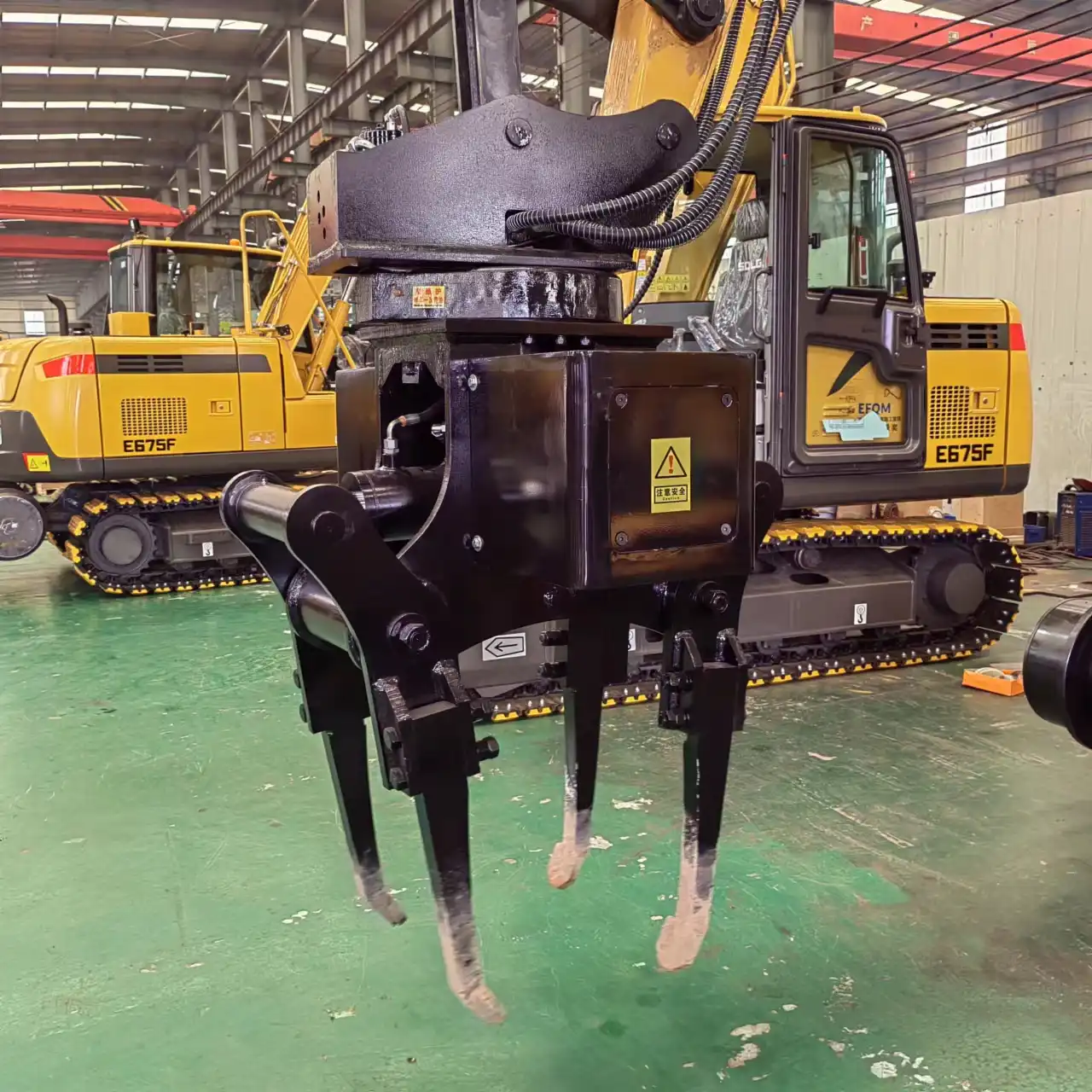
Railway Track Maintenance Manual: Ballast Tamping Equipment. Railway Engineering Institute, 2023 Edition.
Hydraulic Systems for Railway Maintenance Equipment: Operation and Service. Journal of Railway Engineering Maintenance, Volume 38, Issue 4.
Preventive Maintenance Strategies for Track Maintenance Machinery. International Railway Technology Conference Proceedings, 2023.
Modern Approaches to Railway Ballast Consolidation Techniques. Railway Infrastructure Quarterly, Summer 2024.
Environmental Compliance in Railway Maintenance Operations. Railway Environmental Protection Standards, 2024 Update.
About Author: Arm
Arm is a leading expert in the field of specialized construction and railway maintenance equipment, working at Tiannuo Company.

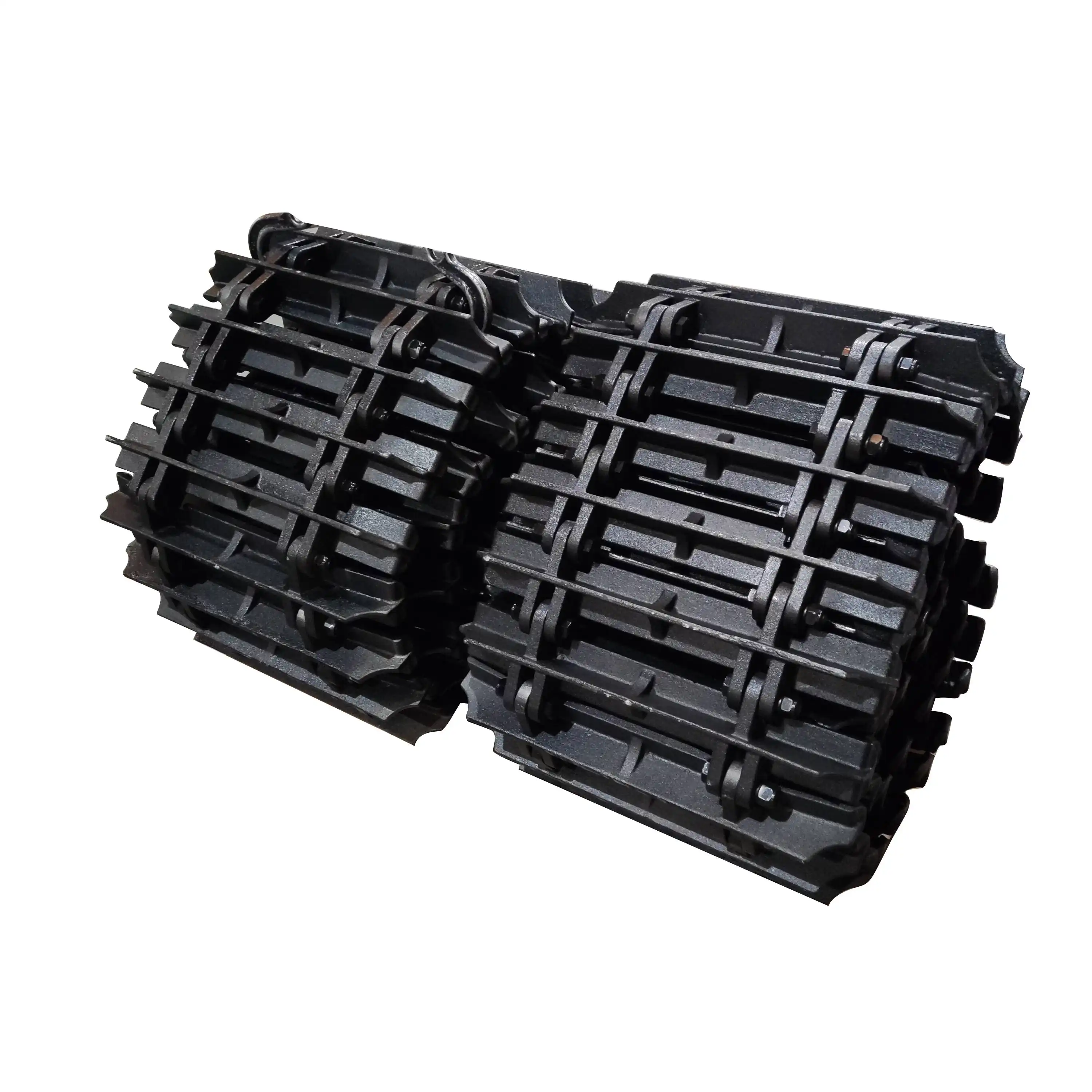
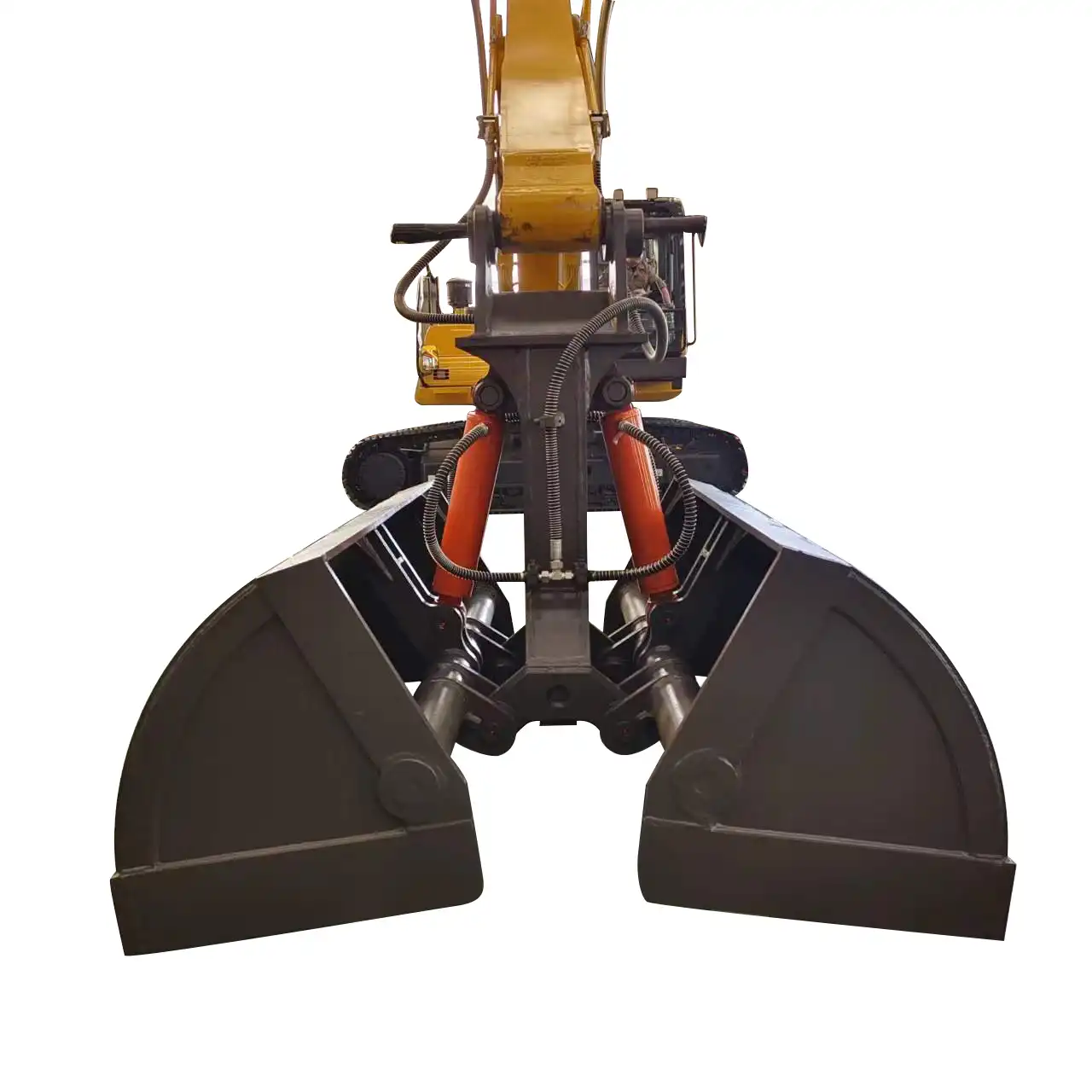

_1740558626327.webp)
